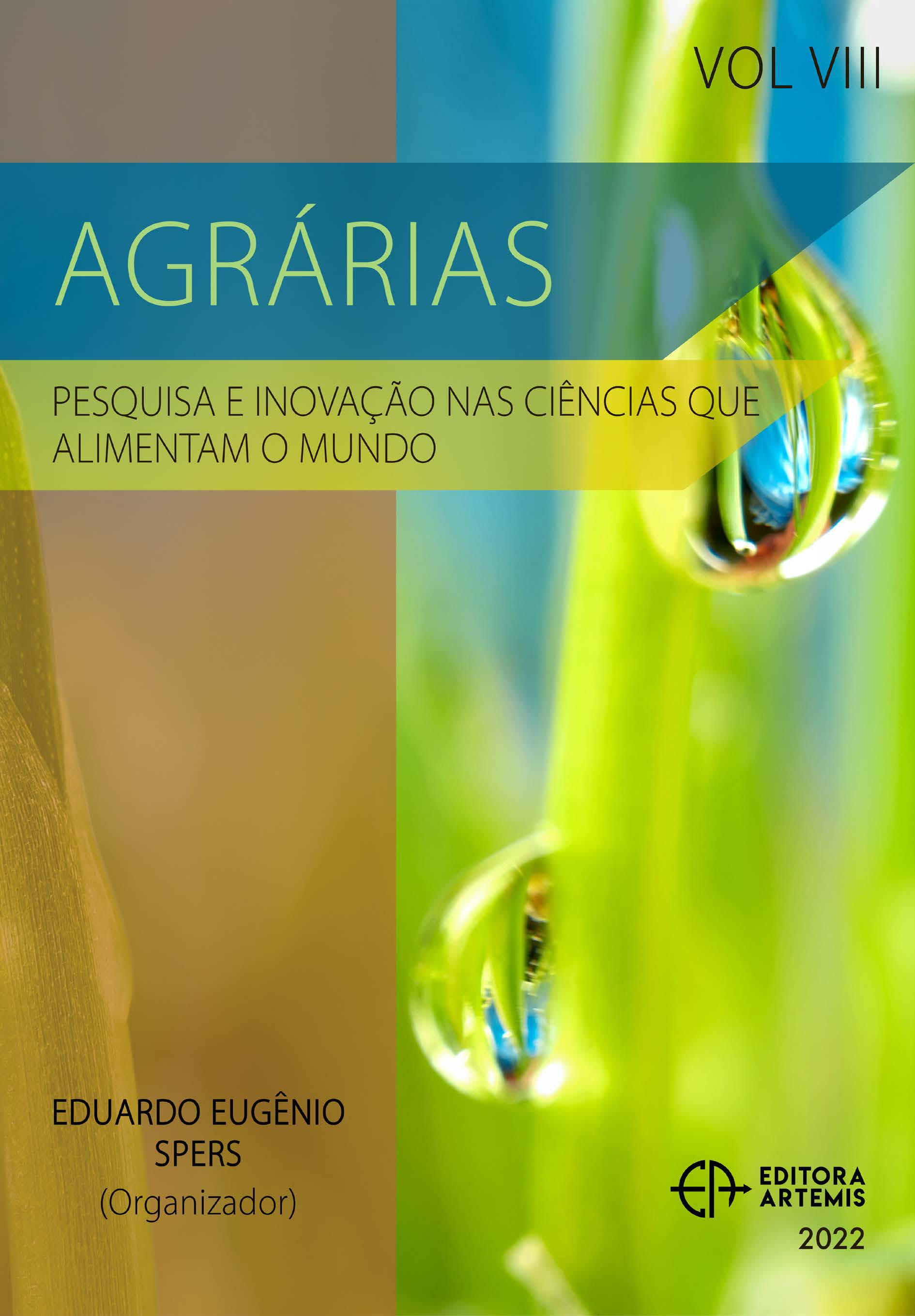Ver ítem
- xmlui.general.dspace_homeCentros Regionales y EEAsCentro Regional Patagonia NorteEEA Valle Inferior del Río NegroPartes de librosxmlui.ArtifactBrowser.ItemViewer.trail
- Inicio
- Centros Regionales y EEAs
- Centro Regional Patagonia Norte
- EEA Valle Inferior del Río Negro
- Partes de libros
- Ver ítem
Captación y distribución de agua para riego de pasturas en Chipauquil (Dpto. Valcheta). Río Negro, Argentina
Resumen
Los sistemas de producción ovina-caprina de la región de la meseta Somuncura (Chipauquil) son de subsistencia, con mano de obra familiar y netamente dependientes de las condiciones climáticas (precipitaciones) para la producción primaria y secundaria. Estos ambientes áridos se caracterizan por contar con pequeños mallines que se abastecen de humedad de muchas vertientes o nacientes de agua naturales que emanan de la meseta basáltica, y que se pierden en
[ver mas...]
Los sistemas de producción ovina-caprina de la región de la meseta Somuncura (Chipauquil) son de subsistencia, con mano de obra familiar y netamente dependientes de las condiciones climáticas (precipitaciones) para la producción primaria y secundaria. Estos ambientes áridos se caracterizan por contar con pequeños mallines que se abastecen de humedad de muchas vertientes o nacientes de agua naturales que emanan de la meseta basáltica, y que se pierden en diferentes cursos de agua sin ser aprovechada para el riego de pasturas. El objetivo del presente trabajo de experimentación y extensión consistió en mejorar la captación, conducción y distribución de agua de vertientes y la siembra de
pasturas perennes en un mallín de la cuenca del arroyo Valcheta. La experiencia se inició durante el 2014 y consistió en captar y almacenar en una represa aproximadamente 8 litros de agua por segundo de 11 vertientes distribuidas en la parte superior del mallín. La represa de un radio de 5 m, y 1,5 m de profundidad fue construida con materiales del lugar (tierra y piedras) e impermeabilizada con polietileno. Se construyeron sobre la represa 2 compuertas que se ubicaron en lugares opuestos y a partir de las cuales se generaba la salida del agua para el riego. En el mallín de aproximadamente 5 ha se trazaron curvas de nivel para la construcción de canales de conducción de agua distribuidos en el terreno. El objetivo fue lavar las sales solubles del suelo y por otro generar las condiciones propicias para la siembra e implantación de pasturas perennes. El mallín fue clasificado en 3 ambientes de acuerdo al suelo y vegetación presente. El mallín fue clausurado con alambre perimetral para no permitir el ingreso de hacienda y generar el ambiente adecuado para la siembra de las pasturas.
[Cerrar]
The production systems sheep-goat of the Somuncura plateau region (Chipauquil) are subsistence, with family labor, and clearly dependent on climatic conditions (rainfall) for primary and secondary production. These arid environments are
characterized by having small malls that are supplied with moisture from many springs or water natural sources that emanate from the basaltic plateau, and that are lost in different water courses without being used for
[ver mas...]
The production systems sheep-goat of the Somuncura plateau region (Chipauquil) are subsistence, with family labor, and clearly dependent on climatic conditions (rainfall) for primary and secondary production. These arid environments are
characterized by having small malls that are supplied with moisture from many springs or water natural sources that emanate from the basaltic plateau, and that are lost in different water courses without being used for irrigation of pastures. The objective experimental and extension work in a mallín in the Valcheta stream basin consisted improving the
catchment, conduction and distribution of water from springs and the sowing of perennial pastures. The experience began in 2014 and consisted of capturing and storing in a dam approximately 8 liters of water per second from 11 springs distributed in the upper part of the mallín. The dam with a radius of 5 m, and 1.5 m deep was The objective was to wash the
soluble salts from the soil and, on the other, to generate the favorable conditions for the sowing and implantation of perennial pastures. Mallin was classified into 3 environments according to the soil and vegetation present. Mallin was with closed perimeter wire to prevent the entry of the ranches and to create the right environment for sowing pastures.
[Cerrar]

Fuente
Agrárias: Pesquisa e Inovação nas Ciências que Alimentam o Mundo / editor Eduardo Eugênio Spers. Volumen 8. Curitiba: Editora Artemis, 2022. Capítulo 21, p. 263-269
Fecha
2022-11-24
Editorial
Editora Artemis
ISBN
978-65-87396-68-2
Formato
pdf
Tipo de documento
parte de libro
Palabras Claves
Derechos de acceso
Abierto
 Excepto donde se diga explicitamente, este item se publica bajo la siguiente descripción: Creative Commons Attribution-NonCommercial-ShareAlike 2.5 Unported (CC BY-NC-SA 2.5)
Excepto donde se diga explicitamente, este item se publica bajo la siguiente descripción: Creative Commons Attribution-NonCommercial-ShareAlike 2.5 Unported (CC BY-NC-SA 2.5)


